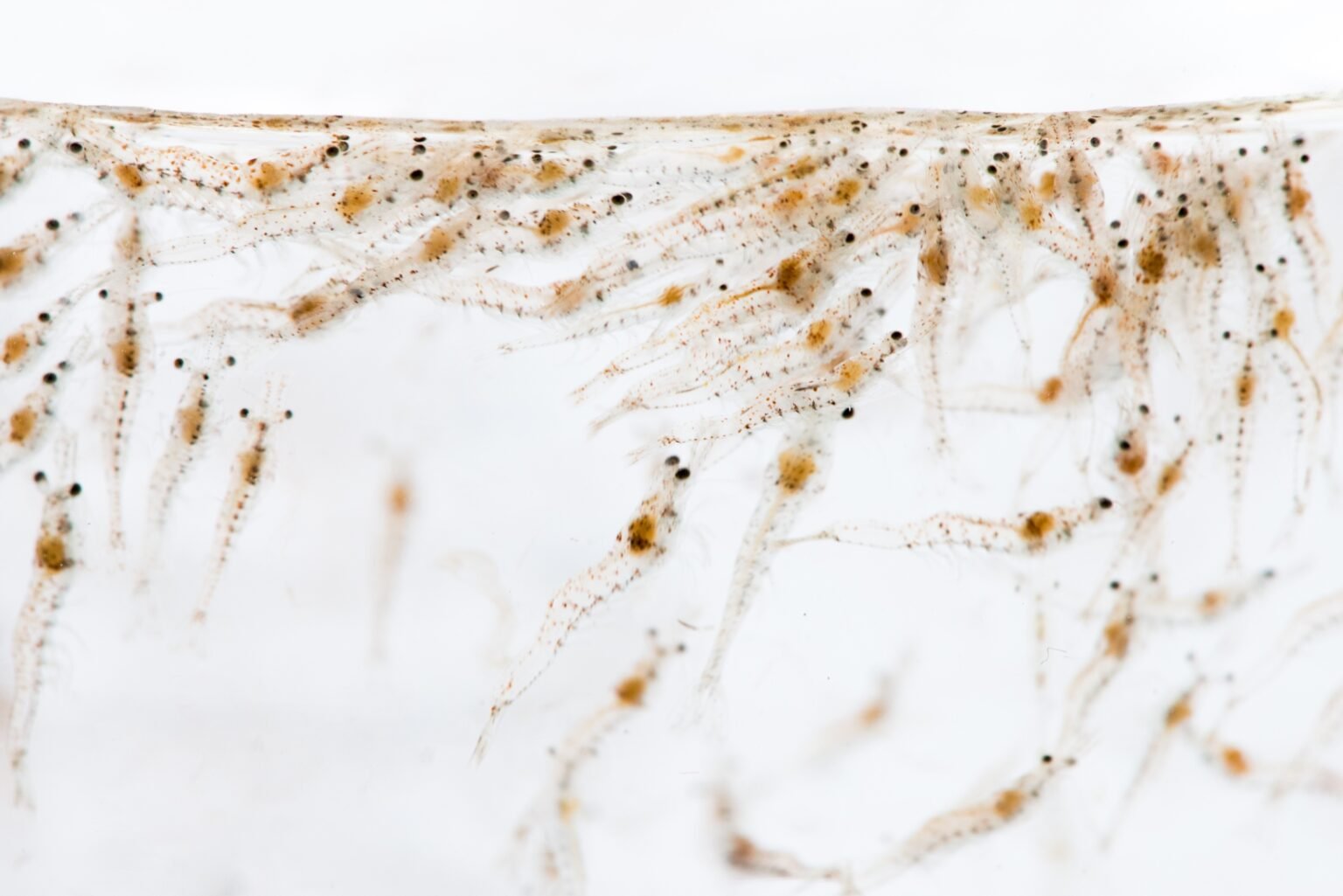Monday, 27 October 2025

PLB is widely recognised in the Indonesian aquaculture industry for its commitment to delivering quality post-larvae (PLs)
Prima Larvae Bali (PLB), a leading hatchery in Eastern Indonesia, is bolstered by the expertise of the Center for Aquaculture Technologies (CAT) to elevate their Whiteleg shrimp (vannamei) breeding program. This support enhances PLB’s commitment to delivering biosecure, top-quality postlarvae suited for Indonesia’s unique farming landscape, while also introducing cutting-edge genetic technology.
PLB is widely recognised in the Indonesian aquaculture industry for its commitment to delivering quality post-larvae (PLs). Through a meticulously designed selection scheme and larvae culture process, ensuring that each PL inherits the full genetic potential from the selected broodstock to achieve fast growth and disease resistance. Emphasising rigorous biosecurity measures, PLB exclusively produces 100 per cent Specific Pathogen Free (SPF) PL larvae. Only frozen feeds are used to nurture the shrimp broodstocks, with a firm stance against the use of fresh/live feeds within the facility. This dedication to excellence in larvae culture has not only set PLB apart but has also made a significant contribution to the aquaculture sector in the region.
In an ambitious move to further improve the quality of its offerings, PLB has enlisted the expertise of CAT, an industry leader in aquaculture research and development. Leveraging CAT’s use of advanced statistical models, both organisations aim to refine the selection of genetic lines for shrimp that grow quickly and thrive in commercial settings. CAT’s proven approach includes the utilisation of molecular markers and the latest technologies to generate genetically diverse and adaptable lines of shrimp. Their multi-generational selection methods have already demonstrated improvements in both growth rates and survival capabilities in commercial farm conditions.